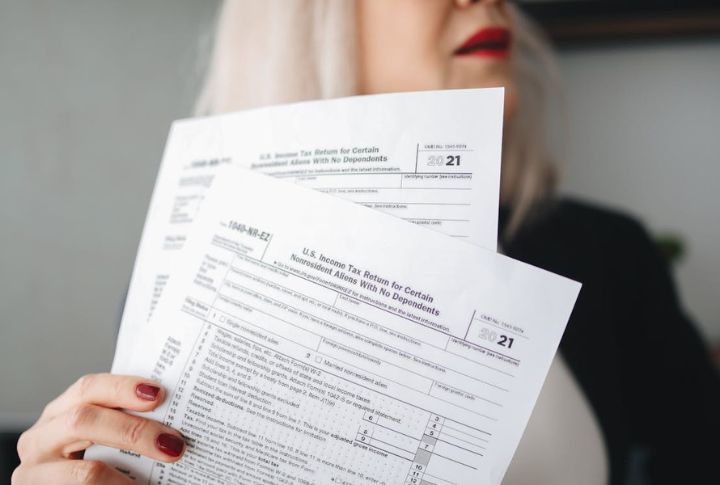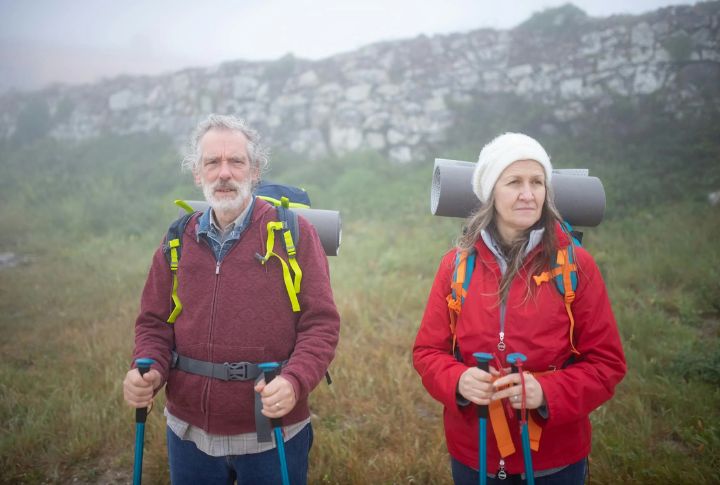
Each winter, Canadian snowbirds flock to warmer destinations, like Florida, but rising costs and new regulations are disrupting this way of life. Political tensions and shifting travel policies are adding to the uncertainty. Let’s explore how these factors combine to change the future of how Canadian seniors escape the cold and where they might head next.
Why Canadian Snowbirds Travel South

It has been recorded that annually, over 1 million Canadians escape harsh winters by heading to warmer U.S. states like Florida and Arizona. This tradition, rooted in the 1960s, has been giving retirees a seasonal lifestyle with milder climates and recreational opportunities.
Impact Of The Weak Canadian Dollar

As of May 2025, the Canadian dollar sits at around 1.39 per U.S. dollar. This exchange rate makes everything more expensive for snowbirds. From housing and groceries to insurance and healthcare, costs are climbing. Many Canadians are now questioning whether spending winters in the U.S. is still worth it.
Florida’s Insurance Problems

Florida homeowners face soaring insurance premiums, with average annual costs exceeding $11,000 due to increased hurricane risks and insurer withdrawals. These rising expenses have led many Canadian seniors to sell their properties, citing unsustainable ownership costs.
Canada-U.S. Political Tensions

Recent political tensions, which include U.S. tariffs and controversial remarks about Canada, have strained relations between the two countries. These developments have contributed to a decline in Canadian travel to the U.S., as many people are reconsidering their destinations amid diplomatic uncertainties.
Border Rules And Visa Issues

Starting in February 2025, Canadian snowbirds who stay in the U.S. for more than 30 days must complete electronic registration. A proposed law called the Snowbird Visa Act could extend the allowed stay to 240 days. However, the bill remains under review and has not passed yet.
Tax Risks For Snowbirds

Canadians spending extended periods in the U.S. may meet the IRS’s Substantial Presence Test, potentially classifying them as U.S. residents for tax purposes. This status could require filing U.S. tax returns and paying taxes on global income, leading to unexpected liabilities.
Challenges Of Owning U.S. Homes

Owning property in the U.S. presents challenges for Canadian snowbirds. Rising maintenance costs, property taxes, and complex regulations are just some of them. These factors, combined with currency fluctuations, have led many to question the viability of maintaining U.S. residences.
Current Scenario Of This Travel Trend

As compared to previous years, fewer Canadians are heading to Florida. Advance flight bookings have dropped by more than 70%, with economic concerns and political tensions being the two key reasons. This decline has hurt local businesses that depend heavily on tourism during the winter months.
New Destinations For Snowbirds

Many Canadian retirees have dropped their plans to stay anywhere in the United States during winter. They are now considering places like Mexico and Portugal. A few seniors still choose states like Arizona. These destinations offer affordable living and simpler travel rules that make them more appealing than Florida.
The Future Of Canadian Travelers

Traditional winter travel patterns don’t seem to align with most Canadians now, but they remain committed to escaping the harsh winter. Some are testing new destinations while others shorten their stays. The snowbird lifestyle continues to change in response to the shifting international relations.
